Are you new to gardening and looking for an easy-to-follow guide to get started? Look no further! In this comprehensive beginner’s guide, I will unveil the world of gardening for amateurs and help you embark on your green thumb journey.
Starting a garden as an amateur can be a rewarding and enjoyable experience. Before getting started, it is important to decide what to plant and learn about the growing area and frost dates. The next step is to buy garden tools such as a shovel or trowel, garden hoe, rake, gardening knife, pruners, and gardening gloves. Choosing the right space for the garden is crucial, considering factors like sunlight, accessibility, wind exposure, and water availability.
Testing and preparing the soil is essential for ensuring plant growth, and adding compost or organic matter can improve soil quality. Starting a garden bed can involve removing sod, loosening the soil, and creating raised beds. Choosing the right seeds is important, and beginners can opt for easy-to-grow varieties like zinnias, marigolds, lettuce, radishes, and green beans.
Planting the seeds according to the instructions on the seed packets, using mulch, and providing adequate water and care are crucial for successful garden growth. Harvesting vegetables at the right time and keeping an eye out for pests and diseases are also important tasks in a garden.
Key Takeaways:
- Decide what to plant and learn about your growing area and frost dates.
- Invest in essential garden tools such as a shovel, hoe, rake, pruners, and gloves.
- Choose the right space for your garden, considering sunlight, accessibility, wind exposure, and water availability.
- Test and prepare your soil, adding compost or organic matter to improve soil quality.
- Start your garden bed by removing sod, loosening the soil, and creating raised beds.
Deciding What to Plant and Learning About Your Growing Area
Before diving into your gardening adventure, it’s crucial to decide what you want to plant and familiarize yourself with your growing area. Consider your personal preferences, the climate in your region, and the availability of space and resources. By carefully planning your garden, you can ensure a successful and enjoyable gardening experience.
Start by researching the plants that thrive in your local climate. Understanding your growing area’s frost dates is essential, as it will help you determine the appropriate planting times for different crops. You can find this information online or at your local gardening center. Additionally, consider the amount of sunlight your garden receives and the availability of water. Certain plants require full sun, while others can tolerate shade. Similarly, some plants are more drought-tolerant, while others require consistent moisture.
Once you have an idea of the plants that are suitable for your growing area, create a list of your favorites. Take into account your personal preferences, such as the types of flowers or vegetables you enjoy. Consider the maintenance requirements of each plant and choose varieties that are well-suited for beginners. Easy-to-grow plants like zinnias, marigolds, lettuce, radishes, and green beans are excellent choices for novice gardeners.
| Plant | Description |
|---|---|
| Zinnias | Colorful flowers that attract butterflies and bees. They are easy to grow from seeds and bloom all summer. |
| Marigolds | These bright and cheerful flowers are known for their pest-repelling properties. They are low-maintenance and ideal for beginner gardeners. |
| Lettuce | A fast-growing leafy green that can be harvested within a few weeks. It is perfect for small spaces or container gardens. |
| Radishes | These root vegetables are quick to mature, making them a great choice for beginners. They come in various colors and flavors. |
| Green Beans | An easy-to-grow vegetable that produces abundant crops. They can be grown vertically to maximize space in your garden. |
By selecting the right plants for your growing area and personal taste, you’ll set yourself up for a successful gardening journey. Remember to start small and gradually expand your garden as you gain more experience. Happy gardening!
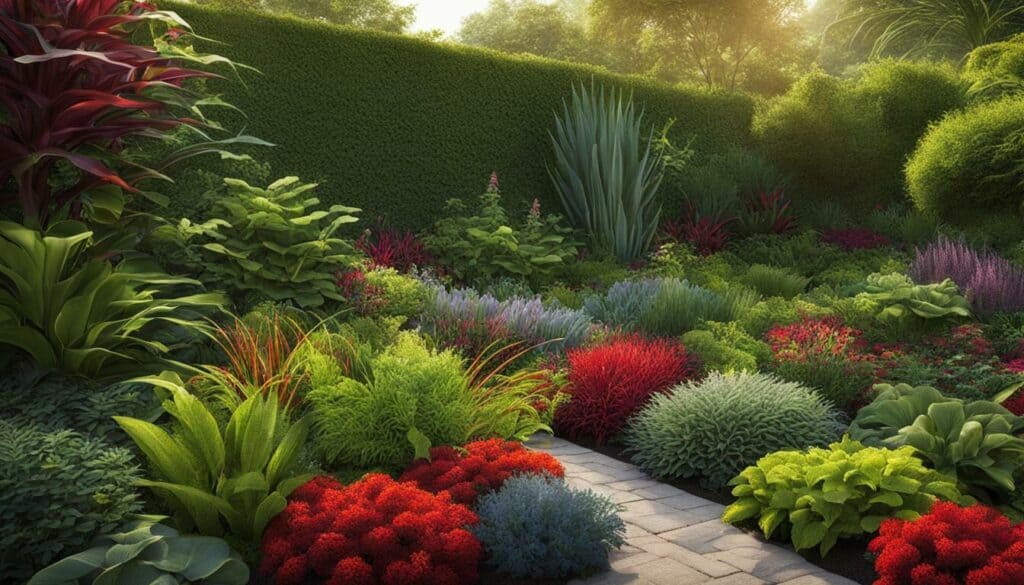
Essential Garden Tools for Amateurs
To make your gardening experience more enjoyable, it’s important to have the right tools at your disposal. Here are the essential garden tools every amateur gardener should have:
| Tool | Description |
|---|---|
| Shovel or Trowel | A sturdy shovel or trowel is essential for digging holes, planting, and moving soil. |
| Garden Hoe | A garden hoe helps break up the soil, remove weeds, and cultivate the ground. |
| Rake | A rake is useful for leveling the soil, removing debris, and spreading mulch. |
| Gardening Knife | A gardening knife is handy for tasks like cutting twine, harvesting vegetables, and trimming plants. |
| Pruners | Pruners are essential for pruning branches, deadheading flowers, and shaping plants. |
| Gardening Gloves | Protect your hands from blisters, thorns, and sharp objects with a pair of gardening gloves. |
Having these basic garden tools will make planting, weeding, and maintaining your garden much easier. Remember to choose high-quality tools that are comfortable to use and built to last.
“To plant a garden is to believe in tomorrow.” – Audrey Hepburn
Now that you know which tools to acquire, you’re ready to start your gardening journey. With the right tools and a little bit of knowledge, you’ll be able to create a beautiful and thriving garden even as a beginner.
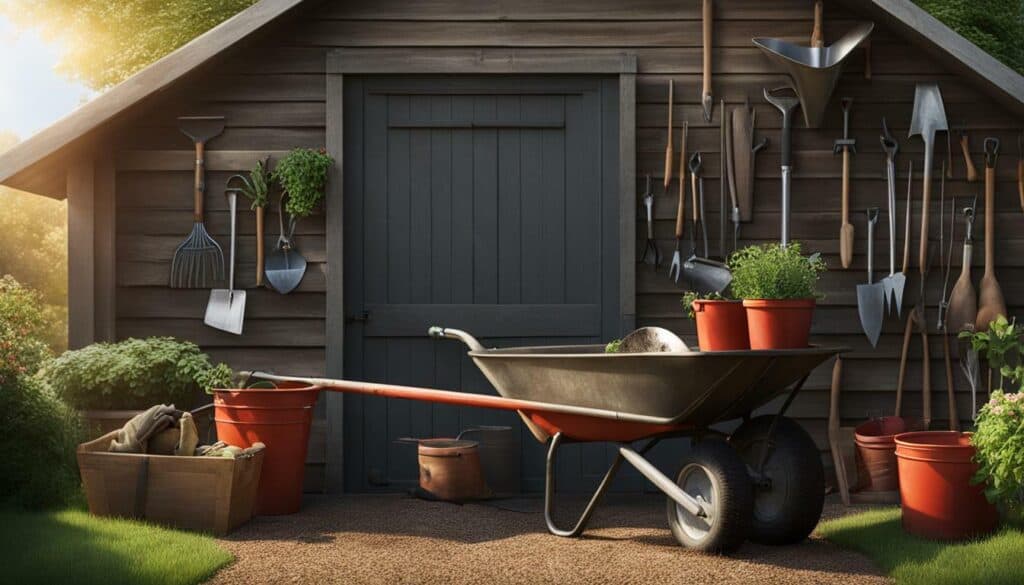
Choosing the Right Space for Your Garden
Finding the perfect spot for your garden is the key to success. Let’s explore the factors you should consider when choosing the right space for your plants to thrive. It’s important to assess the amount of sunlight your garden will receive. Most vegetables and flowering plants need at least 6 hours of direct sunlight per day, so select an area that gets an adequate amount of sun.
Accessibility is another important factor to consider. You’ll want your garden to be easily accessible so that you can tend to your plants, harvest, and maintain them without any hassle. Choose a spot that is convenient for you to reach and work in.
Wind exposure is crucial for the health of your garden. Strong winds can damage plants and dry out the soil. Consider the wind patterns in your area and choose a location that is sheltered or use windbreaks such as fences or hedges to protect your plants.
Water availability is essential for the growth of your garden. Make sure you have easy access to a water source, whether it’s a hose, irrigation system, or nearby water spigot. Adequate water supply is crucial for maintaining soil moisture and keeping your garden hydrated.
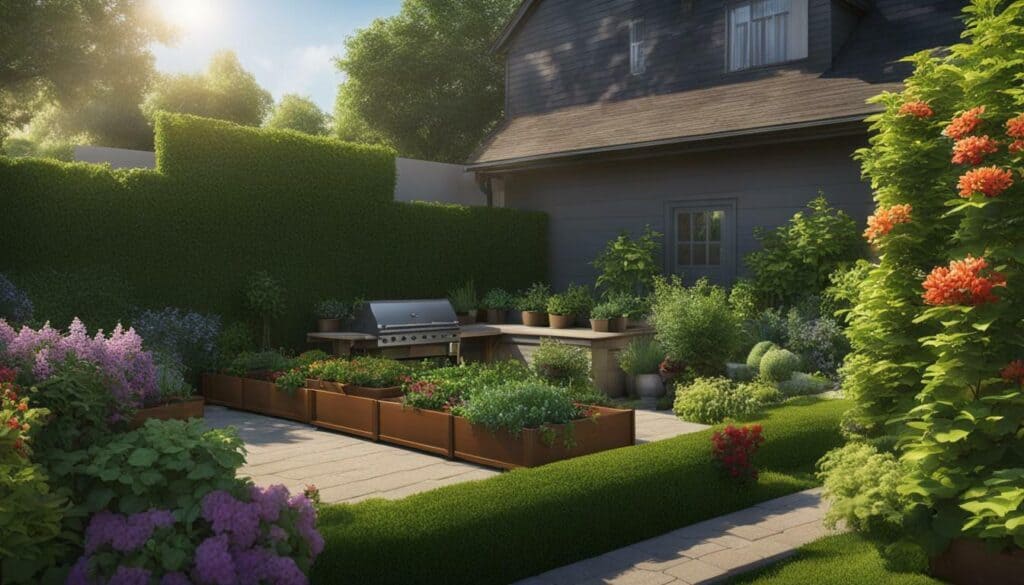
| Factors to Consider | Importance |
|---|---|
| Sunlight | High |
| Accessibility | High |
| Wind exposure | Medium |
| Water availability | High |
Remember, the success of your garden depends on finding the right spot. Take the time to assess these important factors and choose a location that will provide the best conditions for your plants to thrive. Happy gardening!
Testing and Preparing Your Soil
Healthy soil is the foundation of a thriving garden. Learn how to test and prepare your soil to ensure your plants receive the nutrients they need. Before you start planting, it’s essential to evaluate the quality of your soil. By conducting a simple soil test, you can determine its pH level, nutrient content, and composition. This information will guide you in making any necessary amendments to create an optimal growing environment.
To test your soil, you can purchase a soil test kit from your local garden center or send a sample to a laboratory for professional analysis. A soil test kit typically includes a pH testing solution and color charts to help you determine the pH level of your soil. Additionally, the kit may provide indicators for crucial nutrients such as nitrogen, phosphorus, and potassium. By following the instructions provided, you can obtain accurate results and tailor your gardening practices accordingly.
Once you have identified any deficiencies or imbalances in your soil, you can take steps to improve its quality. Adding organic matter, such as compost or well-rotted manure, is a beneficial practice. It helps enhance soil structure, moisture retention, and nutrient availability. Spread a layer of organic matter over the soil surface, then incorporate it by gently digging or tilling. This will ensure that the organic matter is well-mixed and distributed throughout the soil, providing a nutrient-rich foundation for your plants.
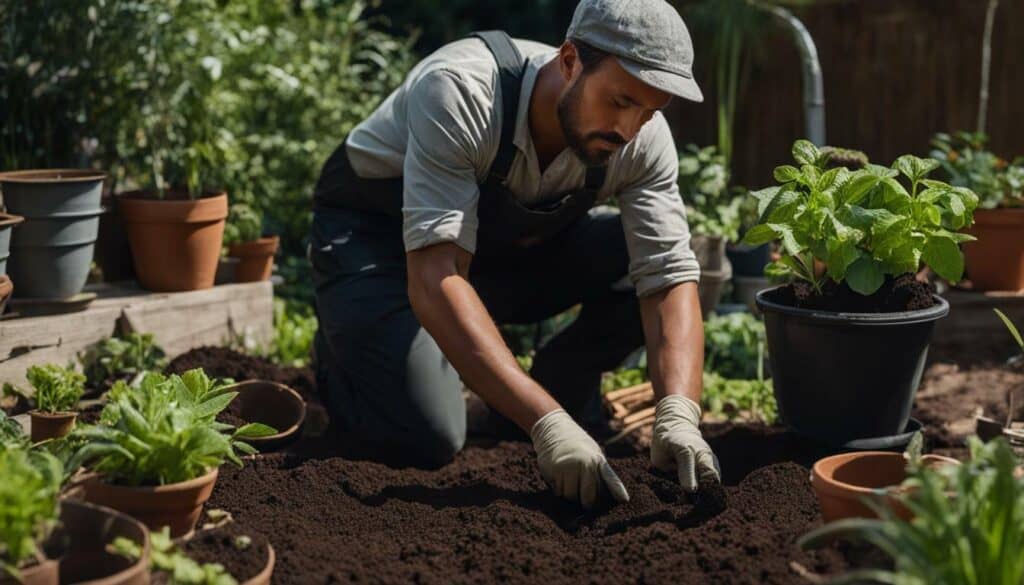
| Testing and Preparing Your Soil | Tips for Success |
|---|---|
| Conduct a soil test to determine the pH level and nutrient content of your soil. | Use a soil test kit or send a sample to a laboratory for professional analysis. |
| Add organic matter, such as compost or well-rotted manure, to improve soil quality. | Spread a layer of organic matter over the soil surface and incorporate it by gentle digging or tilling. |
| Consider using additional amendments, like lime or sulfur, to adjust the pH level if needed. | Follow the recommendations provided by your soil test results for optimal pH levels. |
| Remember to regularly test and monitor your soil to ensure its continued health and fertility. | Repeat soil tests every few years and make necessary adjustments as your garden evolves. |
In conclusion, testing and preparing your soil is an essential step in starting your garden as an amateur. By understanding your soil’s composition and making any necessary amendments, you can create an ideal environment for your plants to thrive. Remember to regularly test and monitor your soil to ensure its continued health and fertility. With healthy soil as the foundation, you’ll be on your way to successful gardening as a beginner.
Starting Your Garden Bed
Now that your soil is ready, it’s time to start your garden bed. Follow these steps to create the perfect environment for your plants to grow.
- Remove any sod or weeds from the area where you plan to create your garden bed. You can use a shovel or a garden hoe to make this task easier.
- Loosen the soil using a garden fork or a tiller. This will help improve drainage and root penetration.
- If you’re working with heavy clay soil, consider creating raised beds. This will help improve soil structure and prevent waterlogging.
- Once the soil is loosened, you can create a border for your garden bed using wooden boards or bricks. This will help define the boundaries and prevent soil erosion.
- Before planting, make sure to water the soil thoroughly. This will provide moisture to the roots and help your plants establish faster.
- If you want to add an aesthetic touch to your garden bed, consider adding mulch. Mulch helps retain moisture in the soil, suppresses weeds, and regulates soil temperature.
Creating a garden bed is an essential step in establishing a successful garden. By following these steps, you’ll create an ideal environment for your plants to thrive.
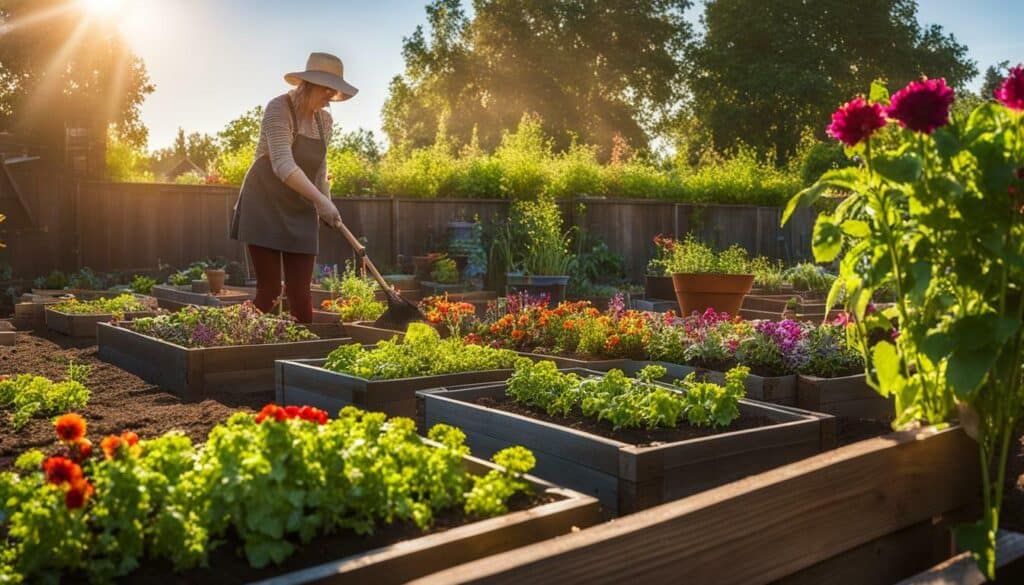
| Benefit | Explanation |
|---|---|
| Improved Drainage | Loosening the soil allows excess water to drain, preventing waterlogging and root rot. |
| Better Root Penetration | Loosened soil provides an easier path for roots to grow, leading to stronger and healthier plants. |
| Prevent Soil Erosion | A defined border helps keep the soil in place, preventing erosion caused by wind or water. |
| Faster Plant Establishment | Moist soil provides the necessary hydration for the plants to establish and grow. |
Now that your garden bed is ready, you can move on to the exciting part of choosing and planting your favorite plants. Happy gardening!
Choosing the Right Seeds for Amateurs
With a wide array of seeds available, it can be overwhelming to choose the right ones for your garden. Here are some beginner-friendly seed options to get you started:
- Zinnias: These colorful and vibrant flowers are easy to grow and attract butterflies to your garden. They come in a variety of sizes and bloom throughout the summer.
- Marigolds: Known for their pest-repellent properties, marigolds are perfect for beginners. They require minimal care and add a pop of color to your garden.
- Lettuce: Leafy greens like lettuce are a great choice for beginners as they grow quickly and are ready to harvest in just a few weeks. They can be grown in containers or directly in the ground.
- Radishes: Radishes are fast-growing root vegetables that are perfect for impatient gardeners. They can be sown directly in the garden and are ready to harvest in as little as three weeks.
- Green Beans: These versatile vegetables are easy to grow and can be harvested throughout the summer months. They require a trellis or support system to climb.
By starting with these beginner-friendly seeds, you’ll have a successful and rewarding gardening experience. Remember to follow the instructions on the seed packets, provide adequate water and care, and watch your garden thrive!
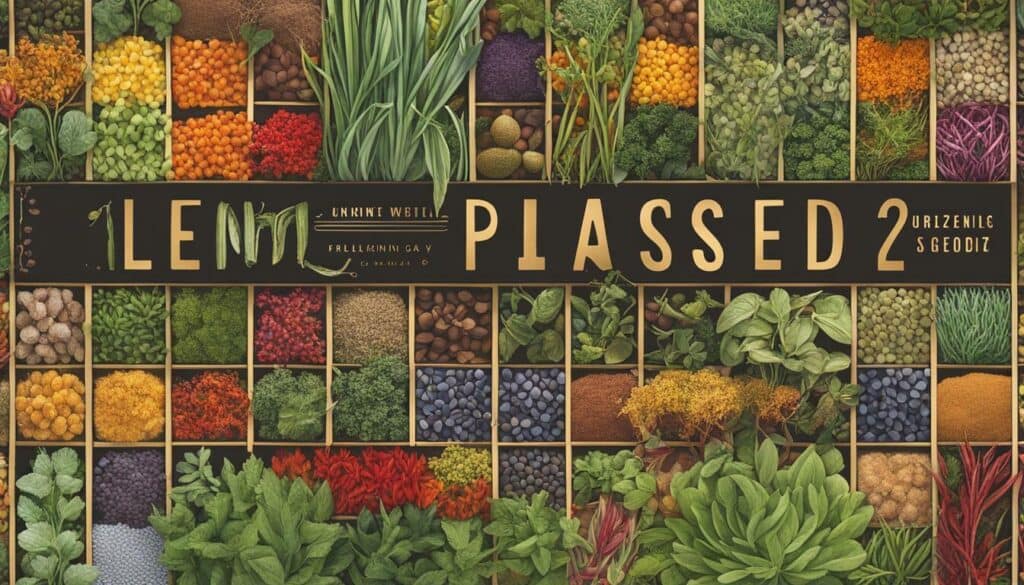
Important Note:
It’s important to note that the above list is just a starting point. There are many other easy-to-grow plants and vegetables that you can explore as you gain more experience in gardening. Don’t be afraid to experiment and try new things!
| Plant | Difficulty Level | Best Growing Season |
|---|---|---|
| Zinnias | Easy | Spring, Summer, Fall |
| Marigolds | Easy | Spring, Summer, Fall |
| Lettuce | Easy | Spring, Fall |
| Radishes | Easy | Spring, Fall |
| Green Beans | Easy | Spring, Summer |
Planting and Caring for Your Garden
Now that your seeds are ready to go, it’s time to get your hands dirty and start planting! Follow these simple steps to ensure your garden thrives.
1. Prepare the Soil: Before planting, make sure the soil is well-prepared. Remove any weeds or rocks, and loosen the soil with a garden fork or tiller. This will create a loose and fertile environment for your plants to grow.
2. Planting Techniques: Each type of plant has different planting requirements, so it’s important to follow the instructions on the seed packets. Generally, plant seeds at the recommended depth and spacing, and cover them with soil. Gently pat the soil down to ensure good seed-to-soil contact.
3. Mulching: Apply a layer of mulch around your newly planted seeds. This will help retain moisture in the soil, prevent weeds from growing, and regulate soil temperature. Organic mulch, such as straw or wood chips, is a great option for beginners.
4. Watering and Care: Proper watering is crucial for the success of your garden. Water your plants regularly, aiming to keep the soil moist but not waterlogged. Avoid overhead watering, as it can lead to the spread of diseases. Additionally, monitor your plants for signs of pests or diseases and take appropriate action if necessary.
Remember, gardening is a learning experience, and it may take some trial and error to find what works best for your plants. With patience and care, your garden will flourish, rewarding you with beautiful blooms and bountiful harvests.
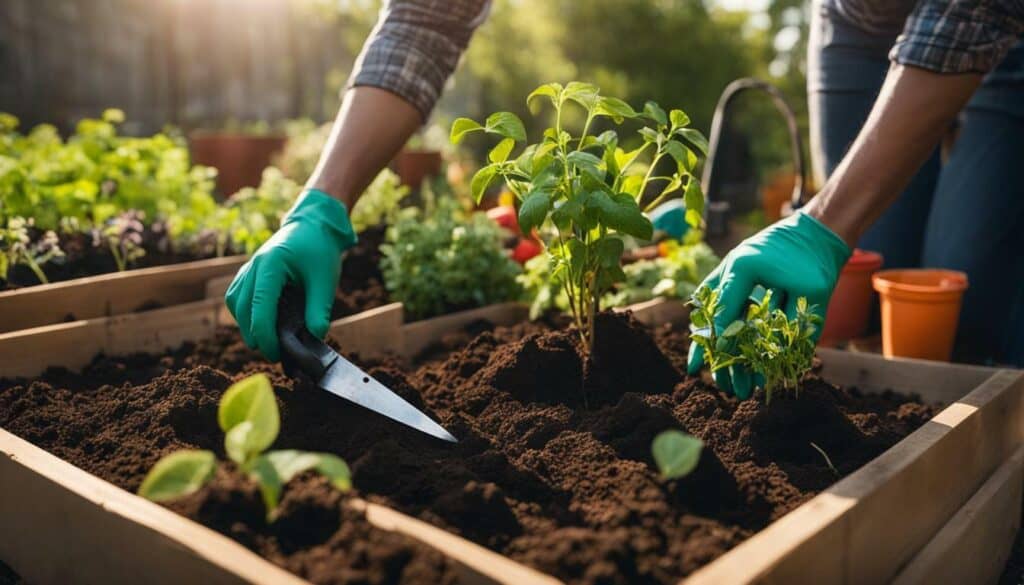
| Planting Tips | Watering Tips | Care Tips |
|---|---|---|
| Follow seed packet instructions for planting depth and spacing. | Water regularly, keeping the soil moist but not waterlogged. | Monitor plants for pests and diseases. |
| Consider using starter pots or starting seeds indoors for better control. | Avoid overhead watering to prevent the spread of diseases. | Remove weeds regularly to prevent competition for nutrients. |
| Create a planting calendar to keep track of sowing and harvesting times. | Apply mulch to retain moisture and prevent weed growth. | Prune plants as needed to promote healthy growth. |
Harvesting and Maintenance Tips
Your garden is flourishing, and it’s time to reap the rewards! Learn when and how to harvest your vegetables, as well as tips for maintaining a healthy garden throughout the season. Harvesting vegetables at the right time is crucial for optimal flavor and freshness. Each vegetable has its own cues for when it is ready to be harvested.
For example, tomatoes should be picked when they are fully ripe and have a deep color. Gently squeeze the fruit, and if it gives slightly, it is ready to be harvested. On the other hand, leafy greens like lettuce and spinach are best harvested when they are young and tender. Simply cut the outer leaves, allowing the inner leaves to continue growing.
When it comes to maintaining a healthy garden, regular care and monitoring are essential. Keep an eye out for pests and diseases that can harm your plants. Inspect the leaves for any signs of damage or discoloration, and take appropriate action, such as using natural pest control methods or removing affected leaves.
Proper watering is also crucial for plant health. Most vegetables require about an inch of water per week, either from rainfall or irrigation. Water deeply and evenly, making sure the soil is moist but not waterlogged. Mulching around your plants can help conserve moisture and prevent weeds from competing with your vegetables.
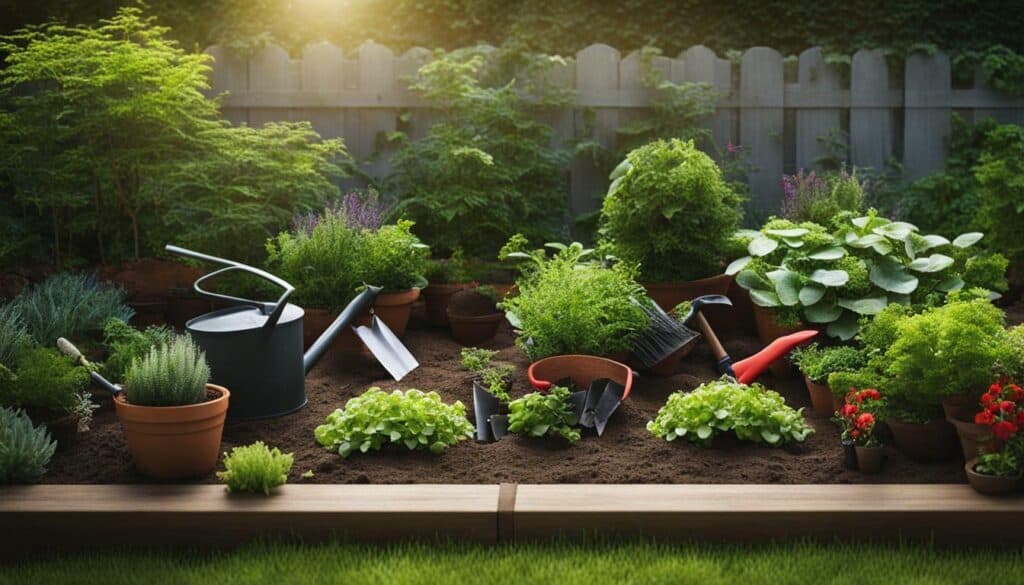
By following these harvesting and maintenance tips, you can enjoy a bountiful and thriving garden throughout the season. Remember to check your plants regularly, provide them with the care they need, and harvest your vegetables at the peak of their flavor. With a little TLC, even beginner gardeners can achieve success and satisfaction in their gardening endeavors. Happy gardening!
| Common Vegetables | Harvesting Tips |
|---|---|
| Tomatoes | Pick when fully ripe and deep in color. |
| Lettuce and Spinach | Harvest outer leaves when young and tender. |
| Cucumbers | Harvest when they reach the desired size, typically 6-8 inches long. |
| Zucchini and Summer Squash | Harvest when they are small to medium-sized for optimal tenderness. |
Conclusion
Congratulations on completing this easy-to-follow guide on gardening for amateurs! With the knowledge gained, you’re ready to embark on your gardening journey and create a beautiful outdoor oasis.
Starting a garden as an amateur can be a rewarding and enjoyable experience. By deciding what to plant, learning about your growing area, and investing in essential garden tools, you’ve already taken the first steps towards success. Remember to choose the right space for your garden, considering factors such as sunlight, accessibility, wind exposure, and water availability. Testing and preparing your soil will help ensure optimal plant growth, and starting your garden bed by removing sod and creating raised beds is a great way to get started.
Choosing the right seeds, such as easy-to-grow varieties like zinnias, marigolds, lettuce, radishes, and green beans, will set you up for success. Follow the instructions on the seed packets for planting depth, use mulch to help retain moisture, and provide proper care and watering. Harvest your vegetables at the right time and keep an eye out for pests and diseases to maintain the health of your garden.
Remember, there are various types of gardens to explore, from container gardens to vertical gardens, raised beds, and in-ground gardens. Take advantage of your planting zone and experiment with different techniques to find what works best for you. Don’t forget about soil fertility, starting seeds indoors, and transplanting seedlings for even more gardening success. Enjoy the journey, and may your garden flourish with beauty and abundance!
Are the Master Gardening Techniques in the Comprehensive Guide Suitable for Amateurs?
The comprehensive guide on master gardening techniques at home offers valuable insights and practical advice for amateurs. With step-by-step instructions and expert recommendations, it equips beginners with the knowledge needed to nurture a thriving garden. Whether it’s understanding soil preparation or learning about plant care, this guide covers all aspects, making it an indispensable resource for novice gardeners.
FAQ
Q: How do I decide what to plant in my garden as an amateur?
A: Before starting your garden, it’s important to decide what to plant. Consider your personal preferences, available space, and growing conditions. Research which plants are suitable for your area and choose easy-to-grow varieties for beginners.
Q: How do I learn about the growing area and frost dates?
A: To learn about your growing area, consult gardening resources specific to your region or talk to local gardeners. Frost dates can be found online or in gardening guides. Knowing the frost dates helps determine when to start planting and when to expect potential frost.
Q: What are the essential garden tools for beginners?
A: As an amateur gardener, you will need essential tools such as a shovel or trowel, garden hoe, rake, gardening knife, pruners, and gardening gloves. These tools will help you with planting, weeding, pruning, and general maintenance of your garden.
Q: How do I choose the right space for my garden?
A: When choosing the space for your garden, consider factors like sunlight, accessibility, wind exposure, and water availability. Look for an area that gets at least 6 hours of sunlight, is easily accessible for maintenance, and protected from strong winds.
Q: Why is soil testing and preparation important?
A: Testing and preparing your soil is crucial because it ensures the optimal conditions for plant growth. A soil test determines the pH level and nutrient content, allowing you to make amendments if needed. Adding compost or organic matter improves soil quality and fertility.
Q: How do I start my garden bed as a beginner?
A: Starting your garden bed involves removing sod, loosening the soil, and creating raised beds if desired. Use a shovel to remove the existing grass or vegetation, then loosen the soil with a garden fork or tiller. Add compost or organic matter to improve the soil structure.
Q: Which seeds are recommended for beginners to plant?
A: As a beginner, it’s best to choose easy-to-grow seeds such as zinnias, marigolds, lettuce, radishes, and green beans. These plants are relatively forgiving and provide a good learning experience for new gardeners.
Q: How do I plant and care for my garden?
A: Plant your seeds according to the instructions on the seed packets, providing the recommended spacing and depth. Use mulch to conserve moisture and prevent weeds. Water your garden regularly, ensuring the soil is consistently moist but not waterlogged. Monitor for pests and diseases and provide appropriate care as needed.
Q: What should I know about harvesting and maintaining my garden?
A: Harvest vegetables when they are ripe and ready to be eaten. Maintain your garden by regularly checking for pests and diseases and taking appropriate action. Remove weeds and provide any needed support or pruning to keep your plants healthy and productive.

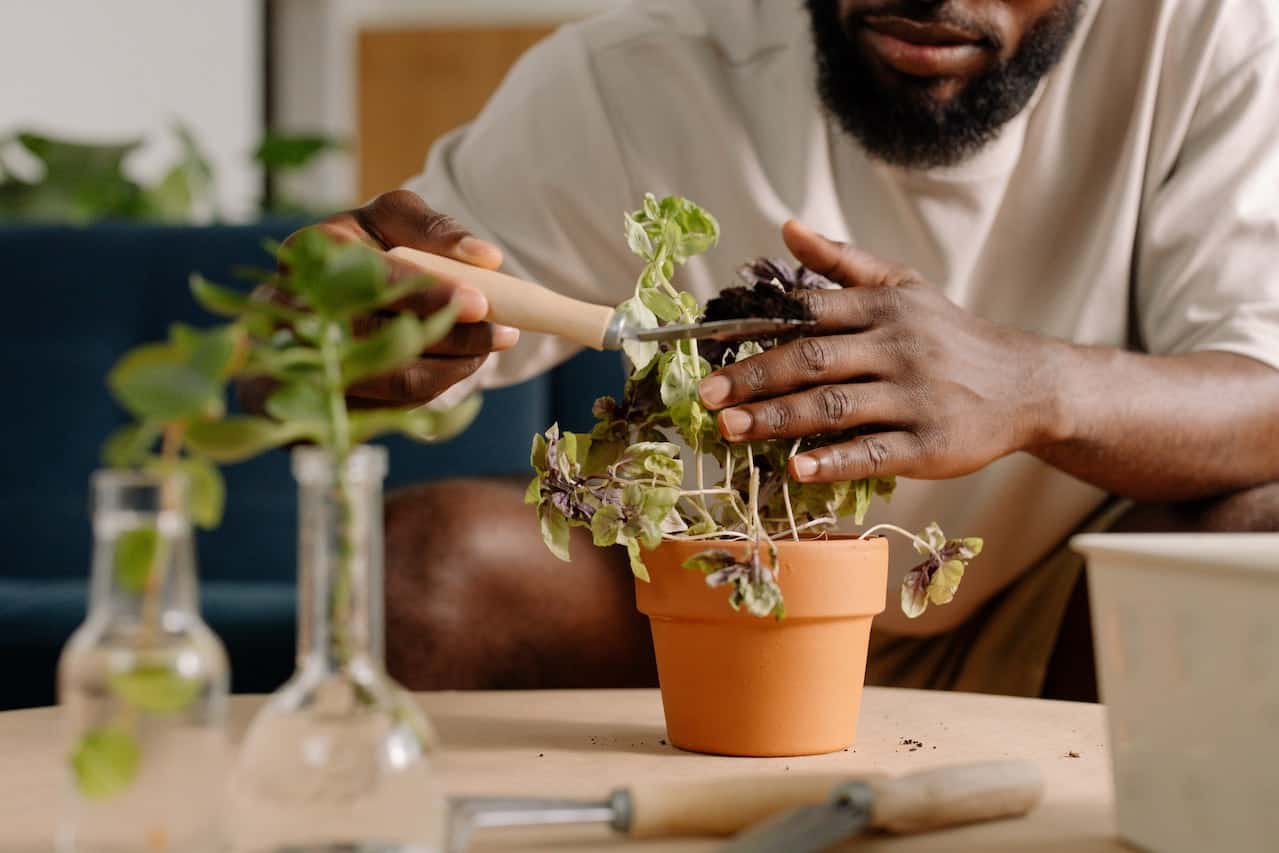



Leave a Reply